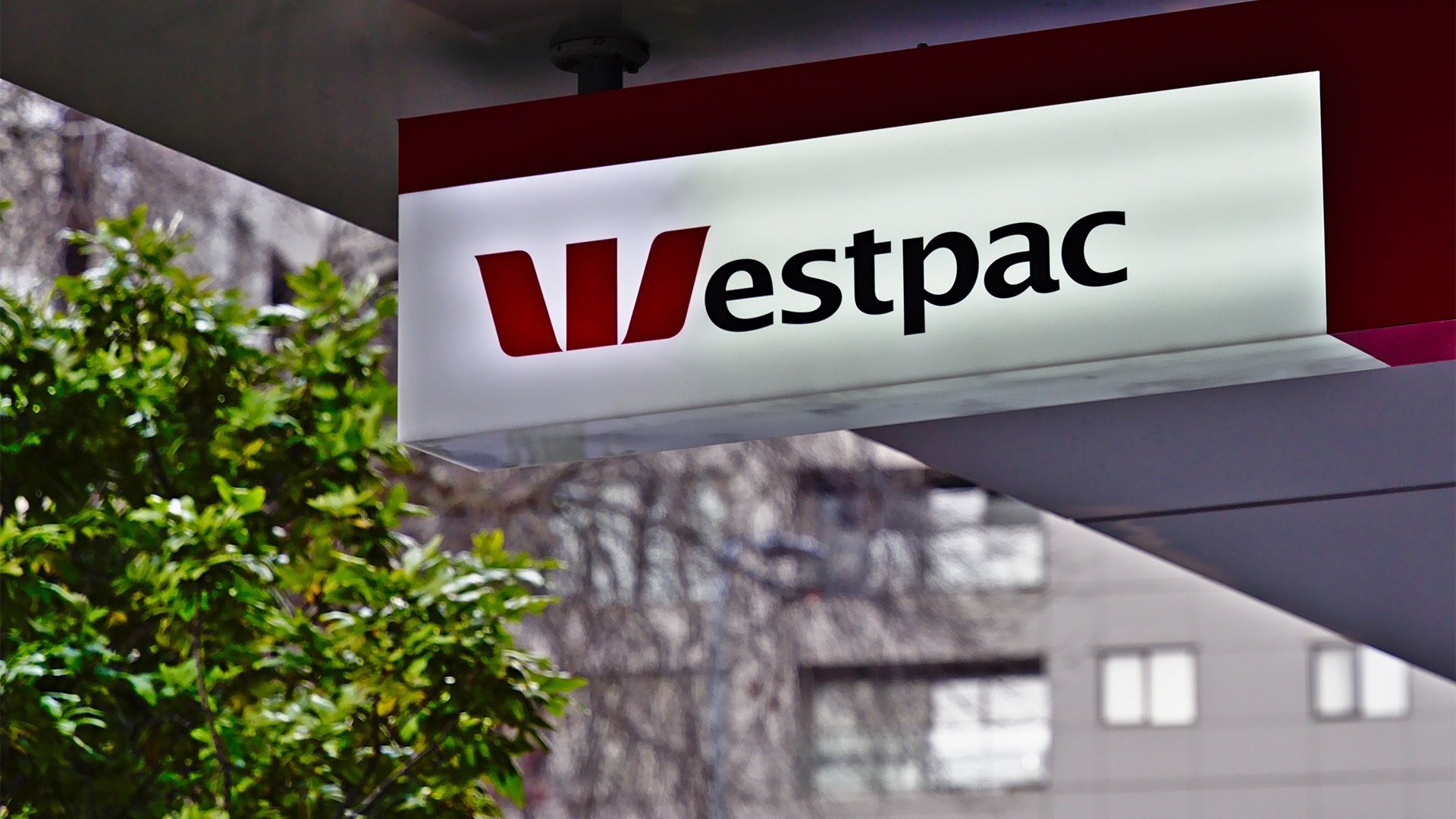Westpac (ASX:WBC) has joined the National Australia Bank in reporting a double-digit dip in earnings for the half-year to March but will reward shareholders with higher dividends and a higher buyback.
The NAB said its cash earnings fell nearly 13% to $3.5 billion, and on Monday, Westpac said its net profit (it has abandoned the concept of cash earnings) fell 16% to $3.34 billion. Westpac said interim net profit was $3.34 billion, compared with $4.00 billion a year earlier. Excluding one-off items, earnings fell 8% to $3.506 billion. That was after revenue fell 1% from a year to $10.816 billion.
Shareholders got a higher interim dividend of 75 cents a share, up from 70 cents, a special one-off dividend of 15 cents a share, and an extra $1 billion in its buyback.
The increased largesse for shareholders came despite another compression of its net interest margin (the most important measure for a bank) to 1.89%, down 7 points from the same half in 2022-23.
Like the NAB, Westpac saw a sharp fall in return on equity to 10.5%, down 2.28 percentage points from a year ago. But the bank’s top-tier (or CET1) capital was well above the 10.5% minimum at 12.5%.
CEO Peter King said in the earnings release, "Net profit after tax, excluding Notable Items, was down 1% for the half and 8% from the prior corresponding period. We grew our major Australian segments in a disciplined way with mortgages and deposits up 5% and business lending up 9% over the year. The impact of competition on mortgage margins moderated this half. NIM excluding Notable Items was unchanged from the second half of 2023, but down from the proper corresponding period a year ago."
The bank said earnings from its consumer banking business slumped 32% to $1.082 billion while earnings from its business business were only off 7% at $1.143 billion, and there was a 3% dip in profits from its institutional business to $689 billion. New Zealand earnings rose 11%.
With revenue falling, the bank’s cost-to-income ratio — another important measure — surged to 50.9% from 45.33% a year earlier, in a sign the bank may have a cost and expenses problem coming down the track.














